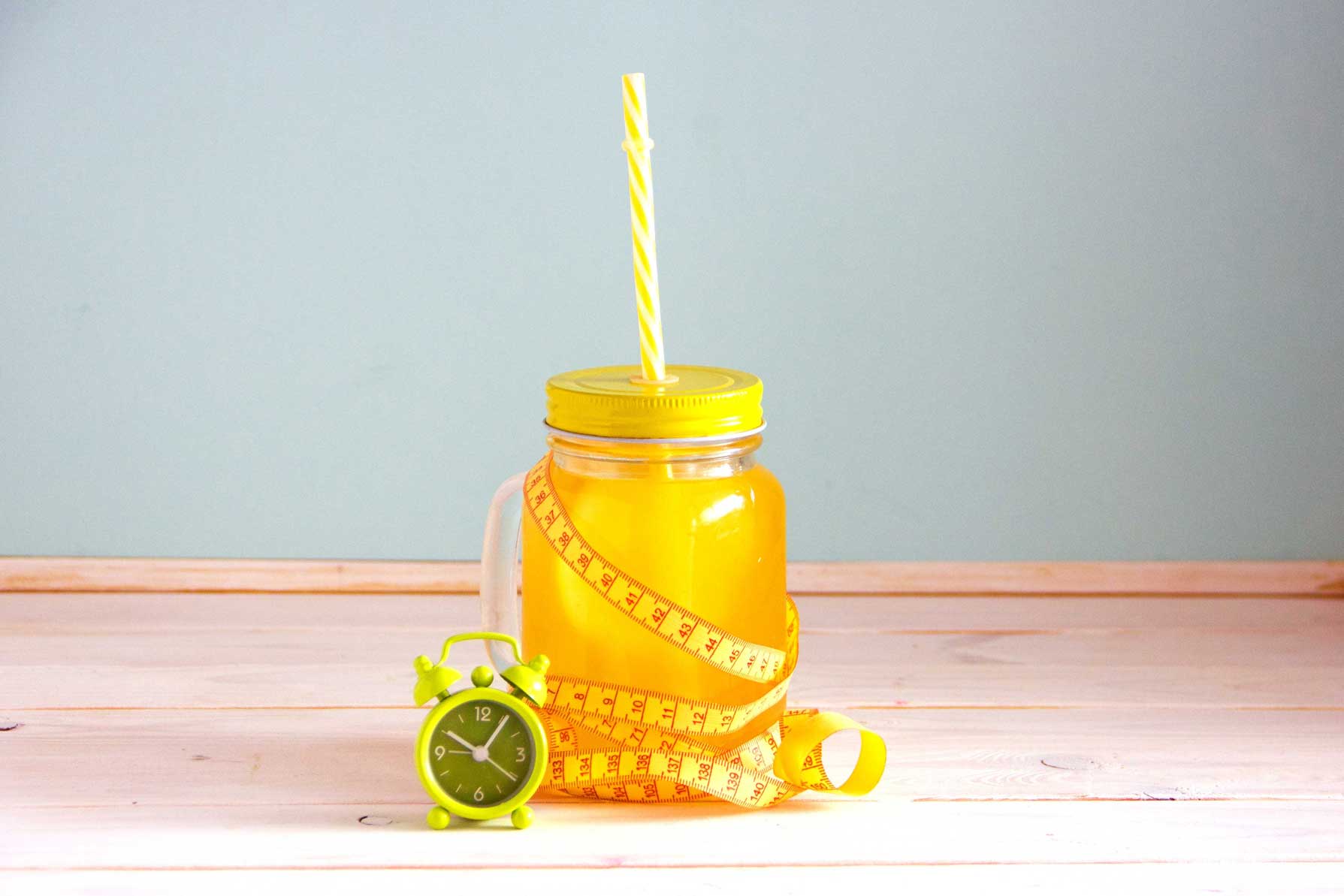
For homeowners across Canada, a garden fence is more than just a boundary. It's an extension of the home, a frame for the garden, and a critical layer of privacy and security. But selecting and building the right fence for Canada's unique and often harsh climate requires a careful balance of aesthetic appeal, durability, and a firm grasp of local regulations.
1. The Right Material for the Canadian Climate
Canada’s four distinct seasons—from humid summers to freezing, snow-filled winters—can be a fence's worst enemy. Choosing a material that can withstand these extremes is paramount.
- Wood: A classic and versatile choice, wood offers a natural aesthetic that ages gracefully.
- Pros: Western Red Cedar is a popular choice due to its natural oils, which make it highly resistant to rot, decay, and insects. It is also dimensionally stable, meaning it is less likely to warp or crack.
- Cons: Softer woods like pressure-treated pine can be less durable and prone to rotting over time. All wood fences require regular maintenance, such as staining or sealing, to protect them from moisture and UV damage.
- Vinyl: A modern, low-maintenance alternative to wood.
- Pros: Vinyl fences are durable, resistant to rot and pests, and require virtually no upkeep beyond occasional cleaning. They are more expensive upfront but can be a cost-effective choice in the long run.
- Cons: Can become brittle and crack in extremely cold temperatures. It is also not a biodegradable or eco-friendly material.
- Metal: A strong and elegant option for security and aesthetics.
- Pros: Aluminum is lightweight, rust-resistant, and requires very little maintenance, making it an excellent alternative to more expensive wrought iron. It's a great choice for modern-looking fences.
- Cons: Not as strong as steel and may not be suitable for high-security applications. They offer very little privacy unless they are designed with slats.
- Composite: Made from a combination of wood fibers and recycled plastic, composite fences offer the best of both worlds.
- Pros: They have the natural appearance of wood but with the durability and low maintenance of vinyl. They resist warping, cracking, and insect damage.
- Cons: Composite fences are one of the most expensive options and can be difficult to repair if a single panel is damaged.
2. Legal Considerations and Permits
Before you even buy a single post, you must consult your local municipal bylaws. Canadian cities have specific regulations regarding fence installation.
- Height Restrictions: The most common rule is height. For instance, bylaws in cities like Toronto and St. Albert limit front yard fences to a maximum of 1 to 1.2 meters (3-4 feet) to maintain visibility and street aesthetics. Fences in side and rear yards are typically allowed to be taller, often up to 2 meters (6.5 feet).
- Property Lines: It is your responsibility to ensure your fence is entirely on your property. Disputes with neighbours over property lines and shared fences are common. Getting a property survey is the only way to be 100% sure.
- Permits: A permit may not be required for a standard fence that complies with all bylaws. However, you will likely need a permit for corner lots, fences around swimming pools, or any fence that exceeds the bylaw's maximum height. Always contact your city's municipal office to confirm the rules before starting your project.
3. DIY vs. Professional Installation
The decision to build it yourself or hire a pro depends on your skill level, budget, and time.
- DIY: Building a fence can be a rewarding project that saves a significant amount on labor costs. It requires careful planning, measuring, and a strong back. Common mistakes include improper post-setting and not accounting for uneven ground.
- Professional: Hiring a professional company guarantees the job is done correctly, with the right tools and expertise. While more expensive upfront, it saves time and avoids the potential for costly mistakes or bylaw violations. A professional will also handle all the necessary permits and utility line checks.
4. Cost and Maintenance
Fence installation costs in Canada vary widely by material and location. On average, you can expect to pay anywhere from $45 to over $150 per linear foot.
- Chain Link: The most affordable, starting at around $40/linear foot.
- Pressure-Treated Wood: A budget-friendly wood option, typically $45-$70/linear foot.
- Cedar: A mid-range to high-end option, ranging from $55-$85/linear foot.
- Vinyl: A more expensive upfront choice, often starting at $60/linear foot.
Winter Maintenance: Canadian winters are tough on fences. To prolong your fence's life, inspect it before the first snowfall, clear away debris from its base to prevent rot, and trim any overhanging branches that could snap and cause damage under the weight of heavy snow.
Related Suggestions:
- Check Before You Dig: Call 1-800-242-3447 (Alberta One Call) or visit your provincial utility location service to ensure you do not hit any underground lines while digging fence post holes.
- Home Depot Canada: Offers a wide range of DIY fencing materials and guides.
- Rite-Way Fencing: One of Canada's largest fence companies, offering a wide range of supply and installation services.



